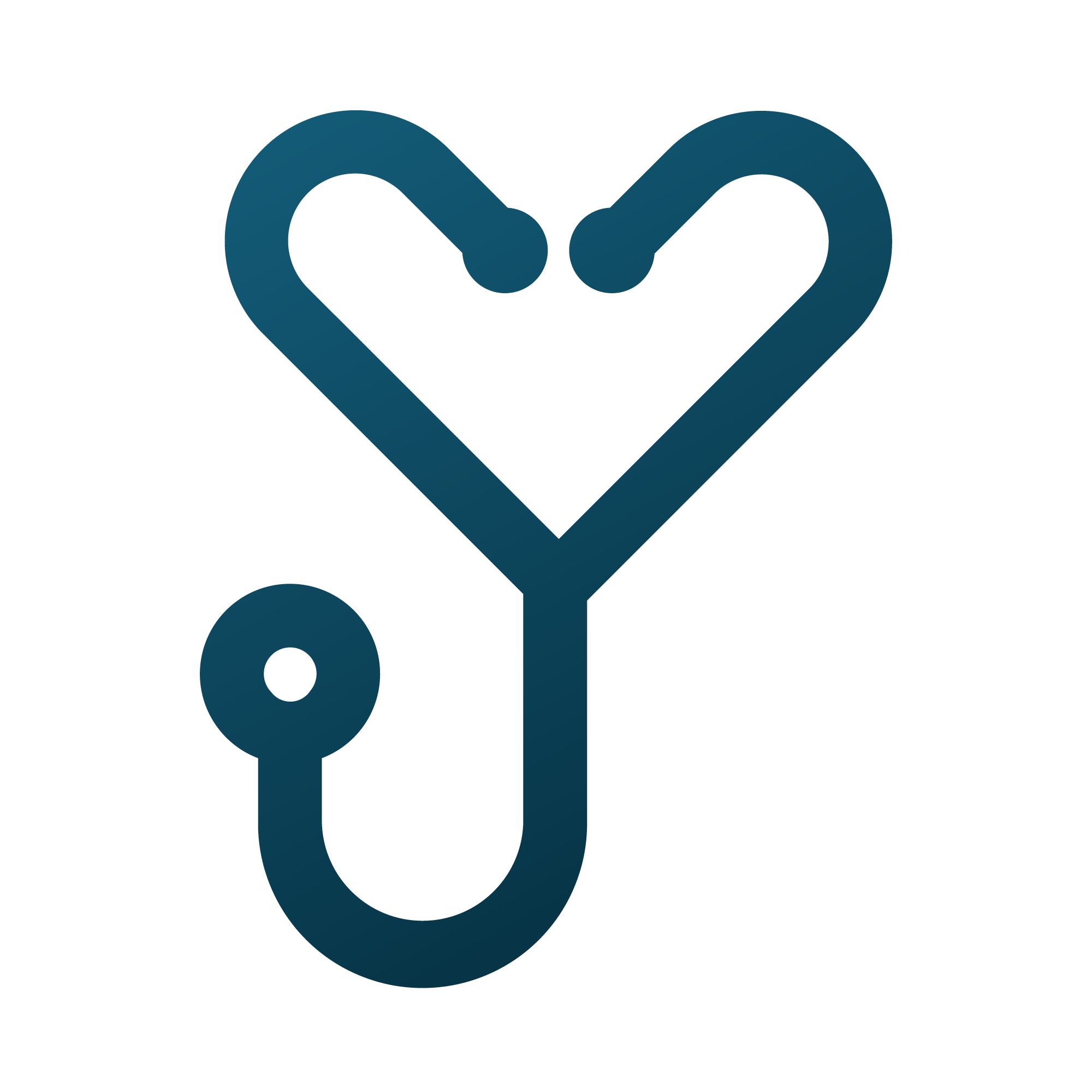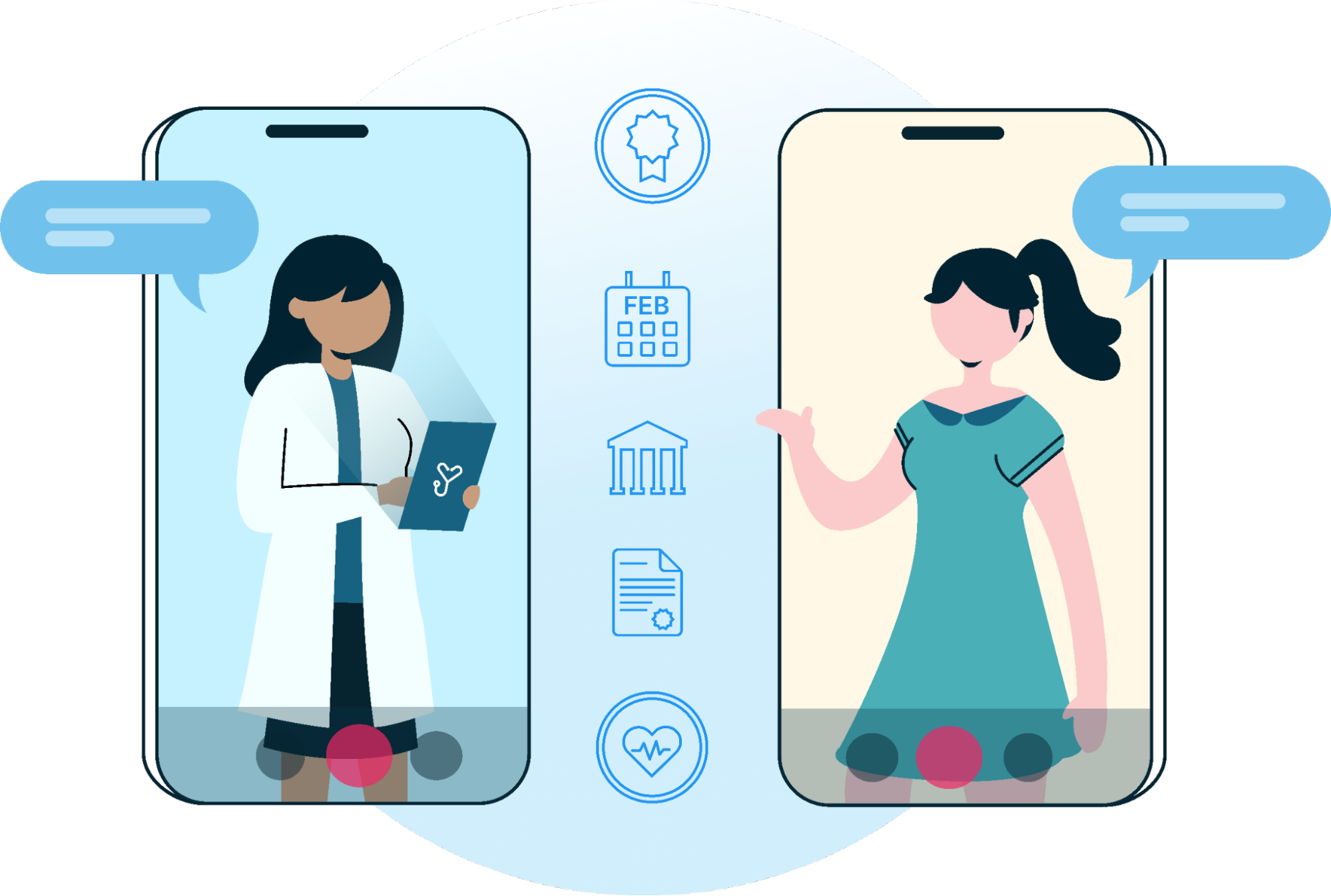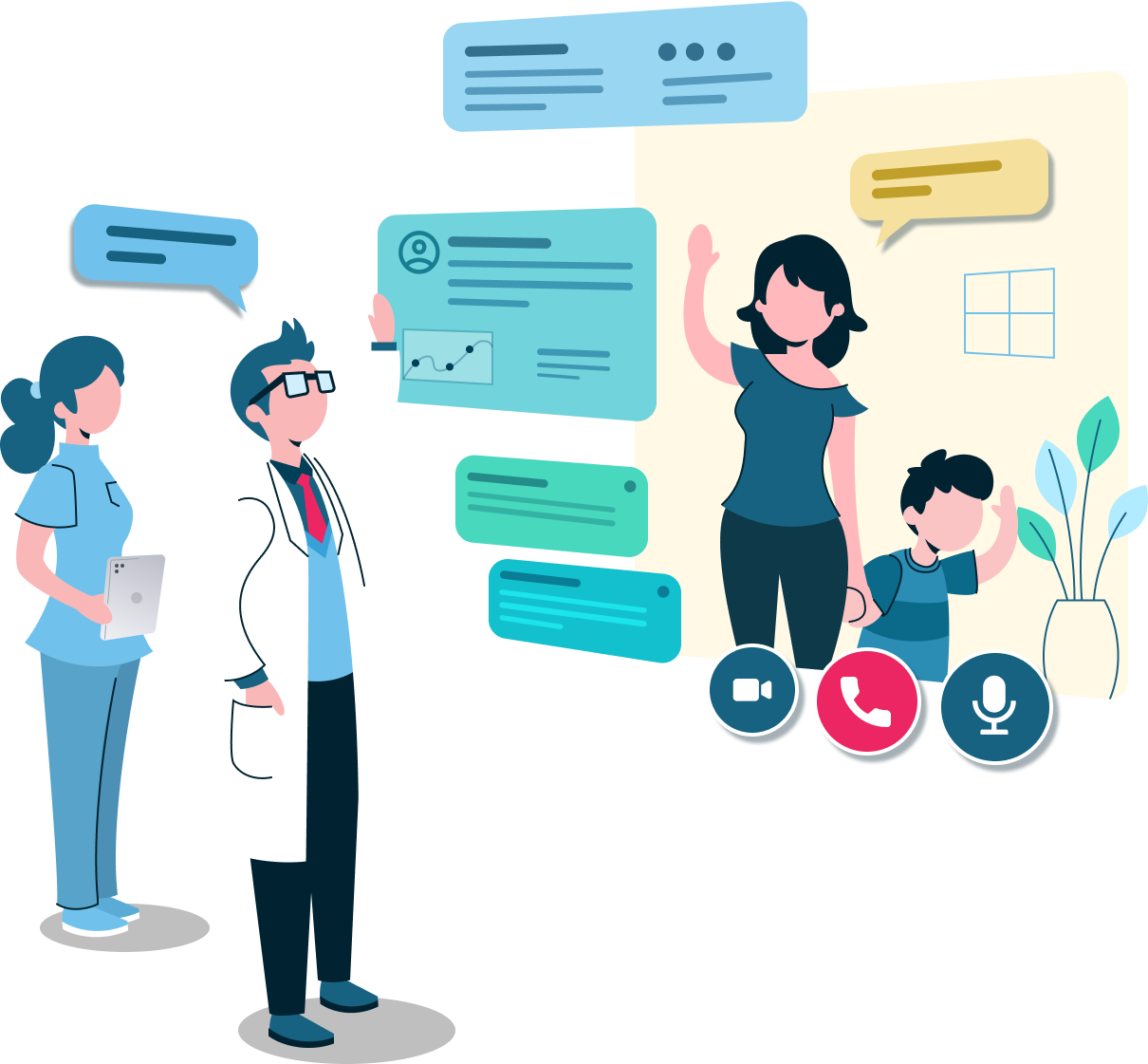Originating Sites? Medicare Now Reimburses for (Some) Remote Services

The Centers for Medicare and Medicaid Services is the largest payer of health insurance claims in the United States, but they have been one of the slowest to move on reimbursing for new technologies offered by the best telemedicine companies that reduce overall healthcare costs while allowing the patient to remain in the home.
As of early 2018, however, some of those restrictions were eased to open to the door for patients who most need additional supervision. CMS will now pay for code 99091 for remote patient monitoring or “collection and interpretation of physiologic data (e.g., ECG, blood pressure, glucose monitoring) digitally stored and/or transmitted by the patient and/or caregiver to the physician or other qualified health care professional, qualified by education, training, licensure/regulation (when applicable) requiring a minimum of 30 minutes of time.”
The information provided here is a guideline based on the available information, and it does not constitute billing advice. For more information, we recommend following up with your billing department, payers or legal team. Each organization is responsible for their billing decisions.
The Code Isn’t New
Billers may be familiar with 99091 because it has been in the manual for a while. Previous uses of 99091 required that it be a bundled service with other codes for chronic care management and similar programs. Facilities and physicians were informing CMS that the service was provided, but they weren’t receiving reimbursement for performing the service.
But Is That Actually Telemedicine?
To be clear, according to the code, this is not a telemedicine service. The code covers the monitoring of data collected remotely through a variety of modalities. While virtual interaction may be an element of the data review included,, the telemedicine service isn’t enough to qualify for reimbursement for a patient who is located outside of a rural area and isn’t at a healthcare facility. Telemedicine services are still limited under current Medicare rules. That being said, telemedicine could be part of that 30 minute minimum.
A telehealth connection isn’t required, but it could offer added value for assisting providers in collecting or reviewing data with the patient and family. Providers who bill 99091 are not billing directly for the face-to-face connection, but they can be reimbursed for remote patient monitoring that is provided while the patient is located in the home.
So What Service Is Billable?
99091 focuses on the collection of what is called Patient-Generated Health Data, or PGHD. This information is collected through tools that monitor the patient and report back to the healthcare entity with the information. Providers bill for reviewing the data that was collected through the tools that provide an “active feedback loop.”
When Can I Bill It?
99091 is billed for 30 or more minutes of service, and one unit can be billed within a 30-day period. It can be billed alongside other health services. There are no clear restrictions on how many times it can be billed as long as the service is identified as medically necessary and it’s not billed more often than once every 30 days. For patients who need the higher level of care, providers can engage in remote monitoring of medical conditions one time in a 30 day period and be reimbursed for those services.
Before billing 99091, providers should see the patient in person and document the medical services that the patient requires to treat their ongoing medical conditions. For established patients who have been seen in the year prior to the beginning of remote monitoring, there is no need for an additional in-person visit.
How Is It Different From Chronic Care Management?
It could be easy to confuse remote monitoring with the services provided under Chronic Care Management. In fact, remote monitoring was frequently bundled with CCM prior to 2018. The biggest difference between the two is that CCM can only be billed for patients with ongoing chronic illness that requires additional intervention, and remote monitoring can be used for patients who meet medical necessity but might not have a chronic illness. The patients who meet this criteria will be identified in their care plan, and the provider will still be collecting remote monitored data on them. Remote monitoring can also be billed for patients in a CCM program as a separately identified service.
Express Consent Is Required
Before beginning a monitoring program, providers must get express consent from their patients or the patient’s proxy. Advanced beneficiary consent should be on file in the patient’s chart prior to billing for the services.
So What Exactly Does 99091 Cover?
That’s still a little unclear. The code as described above clearly covers the review and analysis of data related to the patient’s medical diagnoses, and we know that that information is collected and provided to the treating practitioner or “other qualified healthcare professional.” Other guidelines on what kind of data qualifies or doesn’t qualify are limited.
Your Patients and Your Practice
While this isn’t a slam dunk for telehealth, it does provide additional opportunities to meaningfully interact with patients, which could lead to improved health outcomes across the board. By evaluating reliable health data, providers can replace some aspects of patient self-report with analytics. Remote monitoring programs promote patient engagement and compliance outside of the exam room. The improved outcomes often lead to fewer emergency medical care visits for patients with chronic illness, and patients are more likely to be able to remain in their home environment because their ongoing health data is reviewed.
Keyword:
Find a Topic:
Recent Posts
- Compassionate Foundations: Self-Care for Mental Health Providers
- Behavioral Health News: Mend Partners with Leading Community Mental Health Organizations to Reduce No-Shows and Increase Access to Care
- Understanding SAMHSA’s Key Changes to 42 CFR Part 8: A Guide for Healthcare Professionals
- Becoming a CCBHC: Staffing Requirements
- Empowering Change: SAMHSA’s Impact on Behavioral Health Through Grant Funding, Innovation, and Collaboration

